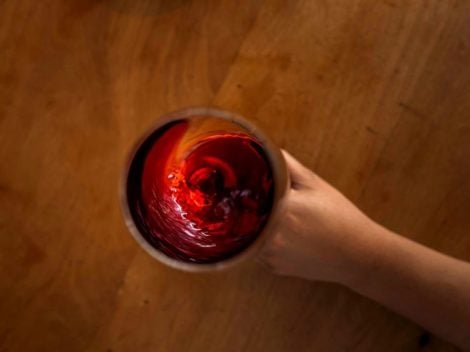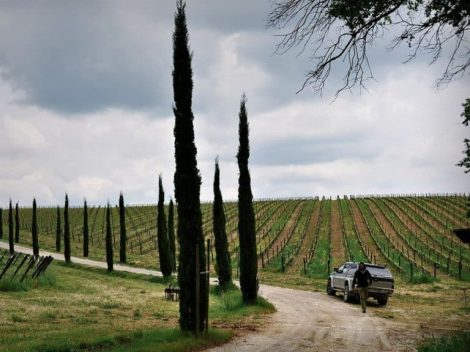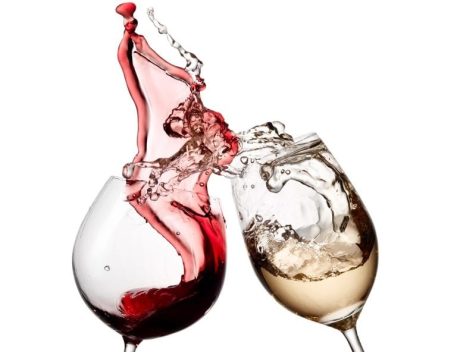La Poja is more than just a wine—it's a place, a visionary idea, and a meeting point between the hills of Valpolicella, Valdadige, and lower Garda. In 1979, Giovanni Allegrini planted a vineyard on the crest of the La Grola hill, at 320 meters above sea level. The vineyard, covering just under 3 hectares and bordered by cypresses in a triangular shape, sits on dazzling limestone soil. Unlike the traditional vineyards in the area dedicated to denominational wines, Giovanni exclusively used Corvina and abandoned the traditional pergola system in favor of a modern (for the time and the region) Guyot trellising method. The inaugural vintage of this new wine was 1983, and since then, La Poja has become one of the iconic labels of Valpolicella.
We had the opportunity to blind-taste seven vintages served in magnums, and here are our impressions.
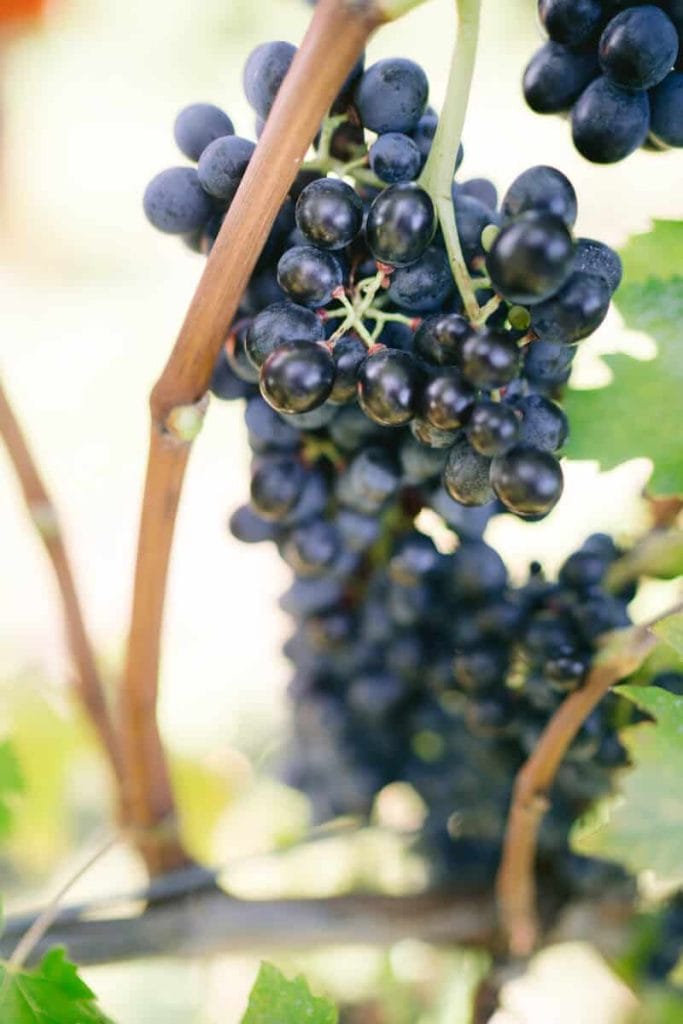
The Tasting
2018 - 95 points
An intense yet not opaque ruby color. The nose delivers unexpected freshness, with wild cherry taking center stage while floral notes rise assertively, almost stealing the spotlight. On the palate, the wine is unusually delicate, perfectly supported by vibrant acidity—a stylistic throwback with an emphasis on verticality, without losing substance. While some found this profile overly edgy, we appreciated its elegance and fidelity to La Poja’s early days. A glass that promises a refined, dynamic evolution.
2016 - 94 points
The epitome of La Poja from the last two decades. Its compact ruby hue hints at an aromatic profile combining intensity, ripeness, and character. Wild fruits are invigorated by notes of spices and macerated flowers, adding freshness. On the palate, the wine is solid and juicy, with acidity and tannins harmoniously merging to give a compact yet dynamic sip.
2013 - 92 points
A recent tasting of Allegrini’s Amarone from the same year raised high expectations for this vintage of La Poja, but the result fell slightly short. Aromas focus on a ripe, sweet fruitiness, leaving little room for floral notes. Instead, the spice typical of Corvina, manifesting as clove rather than black pepper, takes the spotlight. On the palate, the wine is energetic and full-bodied but struggles to balance its density with its acidity.
2009 - 94 points
Perhaps the surprise of the tasting—not for its absolute quality but for how the wine responded to the challenges of a hot vintage. The bouquet, immediately apparent, is well-evolved, blending ripe red fruits with dried flowers and a touch of delicate spice. On the palate, herbal elements restore freshness, and the wine unfolds gracefully and with agility despite its power, thanks to vibrant acidity and a sapid edge.
2006 - 88 points
Despite near-perfect vintage conditions, this evolution was less convincing. Aromas exhibit hints suggestive of oxidation, with sweet, fleshy fruit accompanied by faintly sanguine and spicy notes, where black pepper is replaced by cinnamon and licorice root. The full-bodied sip, accentuated by warmth from the alcohol, is undercut by a somewhat abrupt finish.
2001 - 97 points
A magical moment in this wine's evolution. Freshness and maturity interplay in a complex aromatic tapestry. The fruit is sweet and fleshy, while dried flowers give way to balsamic notes and black pepper—a hallmark of Corvina—bringing dynamism and lightness. On the palate, it reveals remarkable solidity, agility, and character. For those who prefer wines in their full maturity, this vintage is nearly perfect.
1997 - 95 points
A leap into a seemingly distant past. Described as a very warm vintage, it’s almost amusing to compare its data with recent Valpolicella vintages. By today’s standards, 1997 might even be considered a cool year. Initially shy on the nose, the wine slowly reveals aromas of dried fruit, flowers, and herbs, transitioning to mineral and earthy nuances. On the palate, the full-bodied sip is supported more by acidity than tannins, resulting in a wine of great length and refinement.
Reflections on the tasting
This sequence allowed us to traverse two decades during which Valpolicella demonstrated its inclination toward richer, more structured wines. However, the tasting of recent vintages, particularly the 2018, showed that forward-thinking producers are returning to the unique character of traditional grapes and terroir.
Despite similar analytical profiles across vintages, a clear trend emerged: from 1997 onward, the wines gained increasing richness and density. Yet, starting with 2016, this trend reversed. The connection between the 1997 and 2018 vintages stands out as a virtuous return to valuing Corvina’s aromatic and gustatory potential.

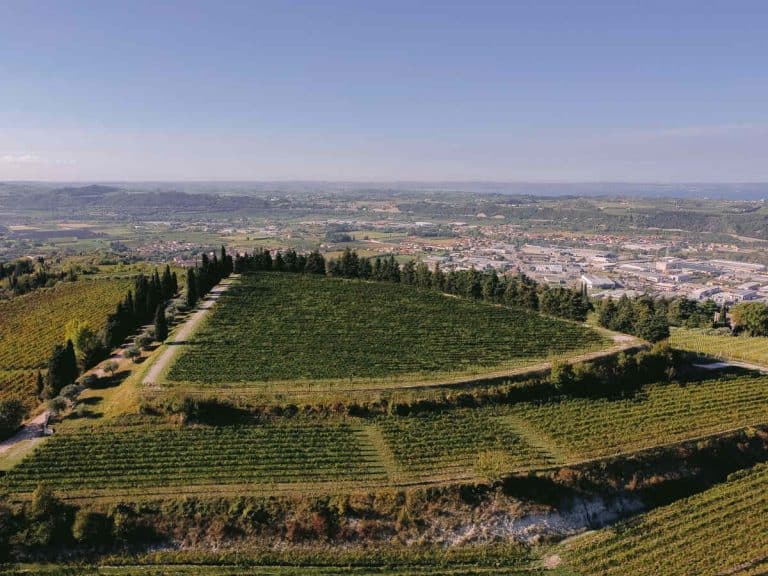
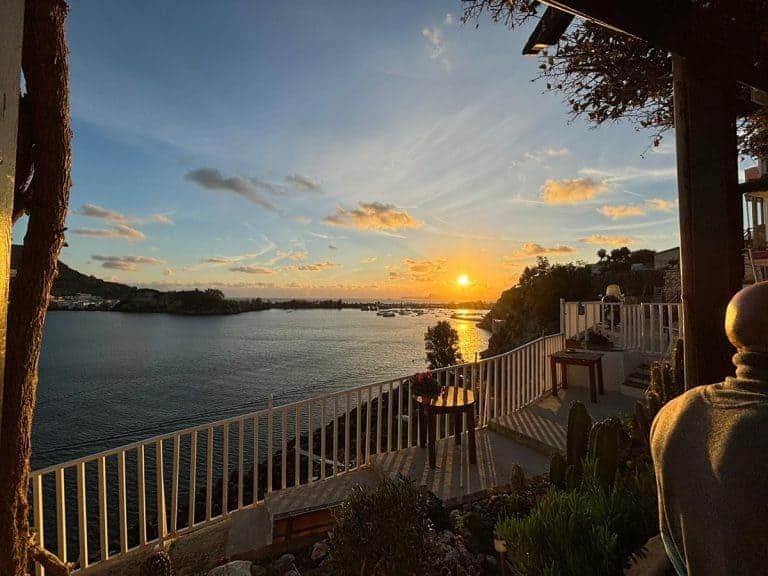 The hidden Trattoria in the Mountain of Bacoli that brings the sea to your plate
The hidden Trattoria in the Mountain of Bacoli that brings the sea to your plate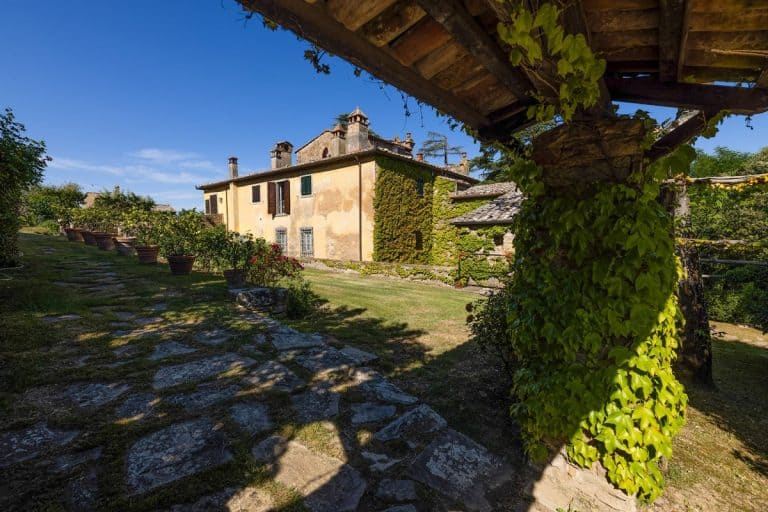 Here are the 11 Syrah labels that narrate the new era of Cortona winemakers
Here are the 11 Syrah labels that narrate the new era of Cortona winemakers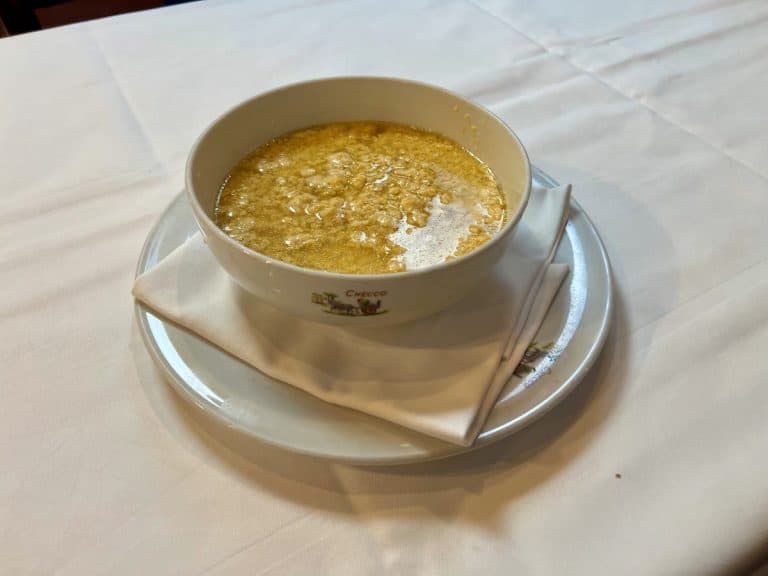 God Bless those who don’t forego Stracciatella on the evening of December 25th. Here’s the recipe from a renowned Roman trattoria
God Bless those who don’t forego Stracciatella on the evening of December 25th. Here’s the recipe from a renowned Roman trattoria Hidden in an old district of Perugia lies one of Italy's cosiest wine bars
Hidden in an old district of Perugia lies one of Italy's cosiest wine bars Christmas Eve dinner and Christmas Day lunch: festive traditions rooted in Solstice feasts
Christmas Eve dinner and Christmas Day lunch: festive traditions rooted in Solstice feasts
